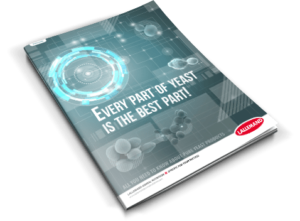Various types of feed ingredients containing yeasts have flooded the market. What differentiates them? What can they bring to animal nutrition and health?
In this 9-page white paper, you will discover the different pure yeast products, and how to select the most appropriate ones regarding their potential roles and desired effects when added to animal feed.
What will you find inside this white paper?
What is yeast and how is it produced?
The different whole-cell inactivated yeasts products
The composition and benefits of yeast cell walls and yeast extracts
Get your copy now
Yeasts have been part of the human diet since at least ancient Egypt when they were already used to leaven bread and ferment wine. Their exceptional fermentative and nutritional properties also make yeasts valuable nutrients for animals. Animals have been fed various yeast species and their derivatives for more than 100 years.
Yeasts can exert positive effects on animal health and well-being by stabilizing their intestinal flora and reinforcing immune modulation. Their use has recently been boosted by the growing demand for natural alternatives to treatments (e.g., antibiotics).
Consequently, the use of yeasts as feed ingredients has largely increased in the last decades.
* Not all products are available in all markets nor associated claims allowed in all regions.
Published Mar 17, 2021 | Updated Nov 2, 2023
Related articles
Need specific information?
Talk to an expert
